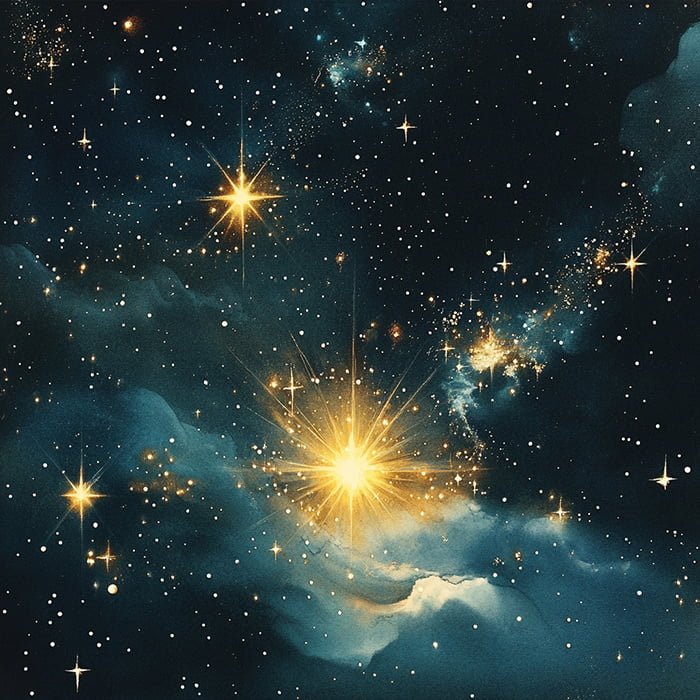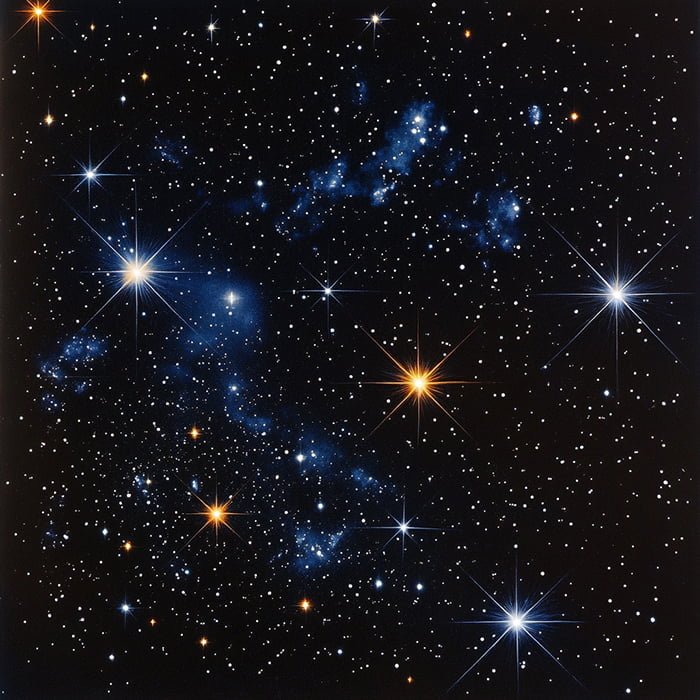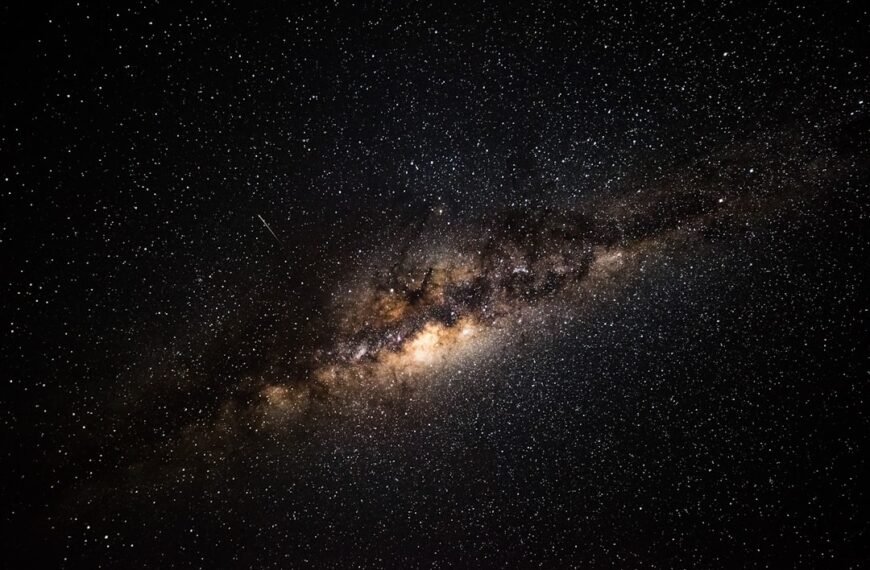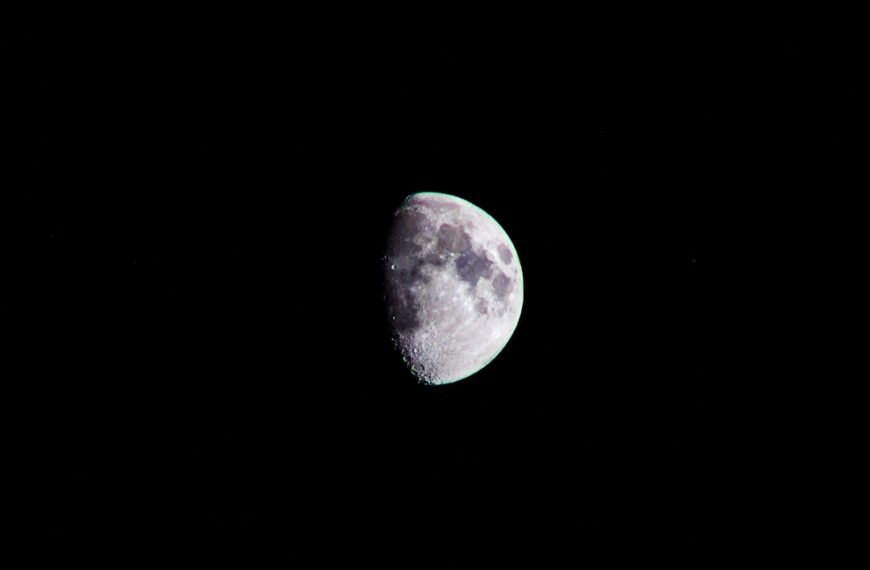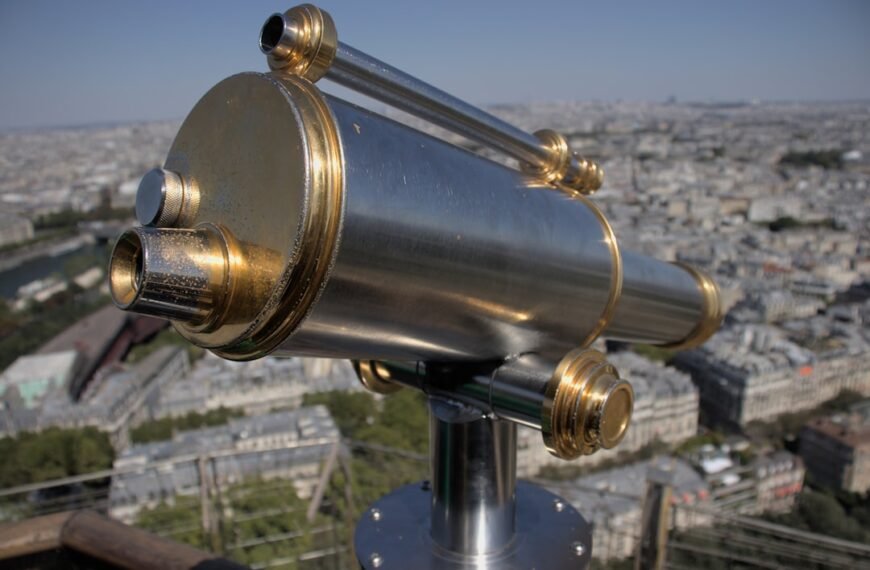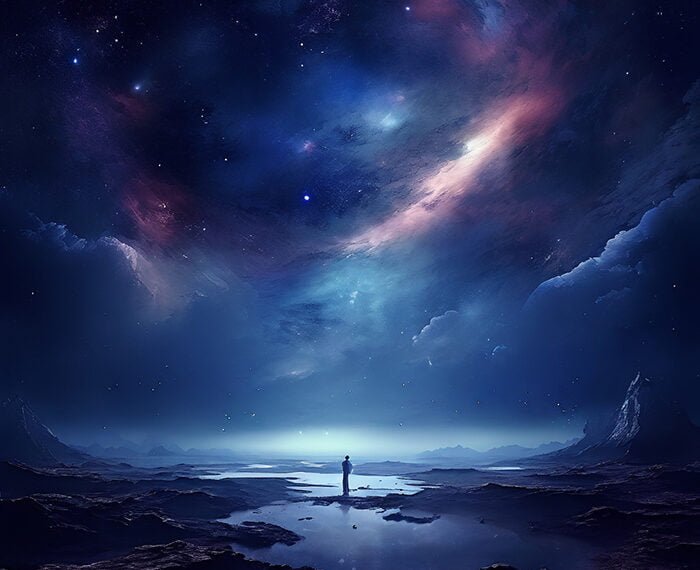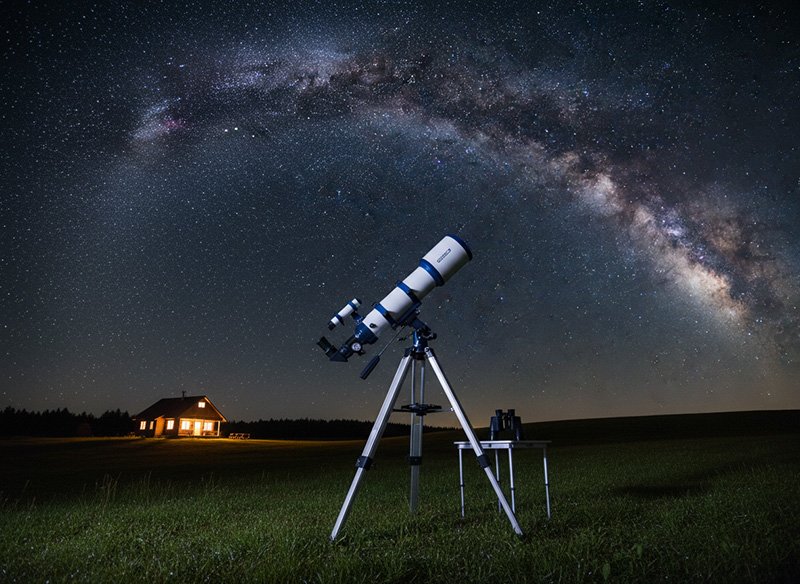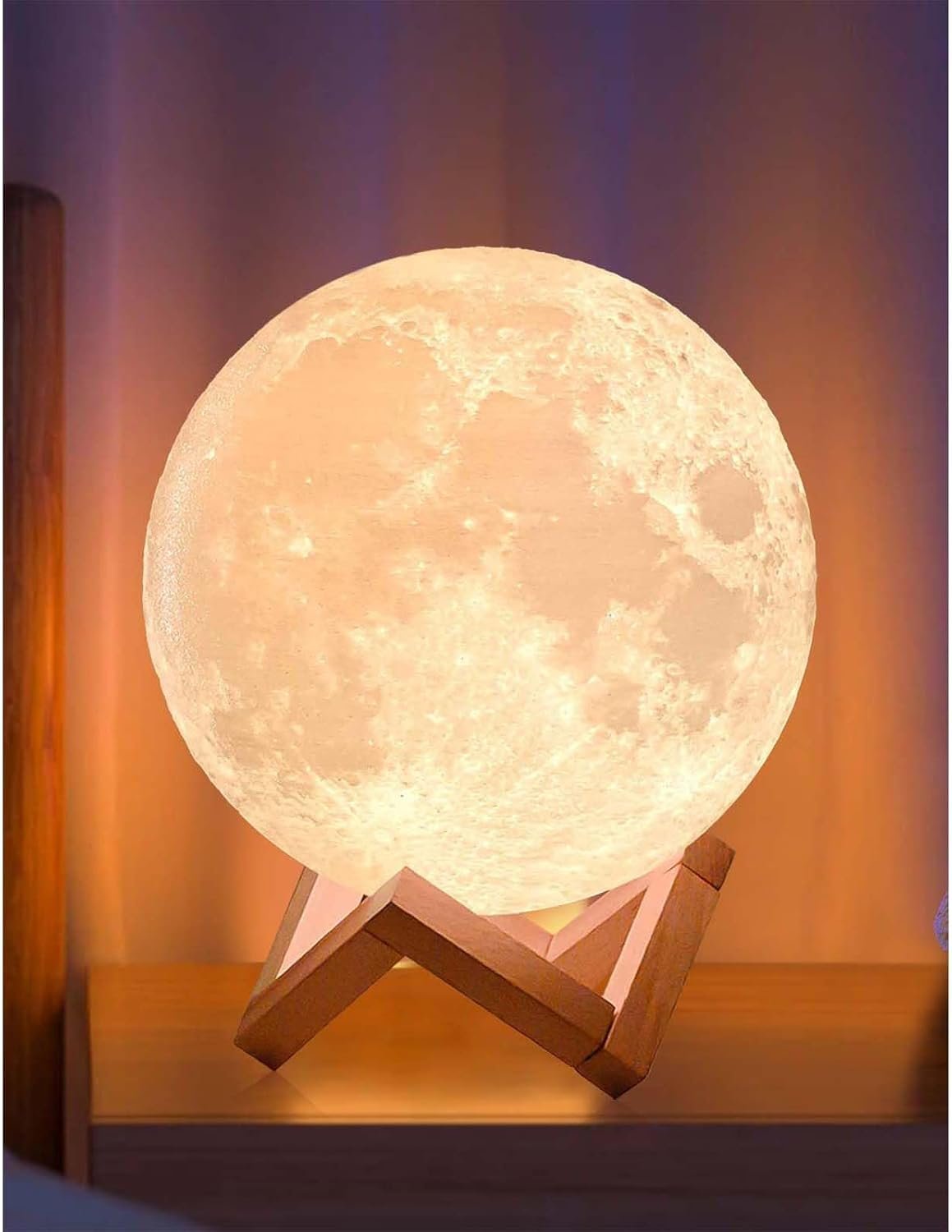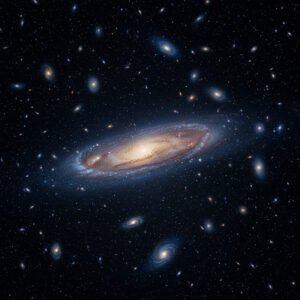Stars reveal secrets about their formation and lifecycle, from millions to trillions of years. The Hertzsprung-Russell diagram helps understand their characteristics.
Key Takeaways 📝
- Stars are the universe’s storytellers, each one revealing secrets about its formation, lifecycle, and the cosmic processes that govern their existence.
- Did you know? The lifespan of stars can vary dramatically, ranging from just a few million years for massive stars to trillions of years for low-mass red dwarfs.
- What if everything we know about stars is about to change? Explore the idea that our understanding of stellar evolution may be incomplete, challenging long-held beliefs in astronomy.
- Practical advice: By using the Hertzsprung-Russell diagram, anyone can gain insights into a star’s characteristics and evolutionary stage, making it a valuable tool for both amateur and professional astronomers.
- The core message: Understanding stars not only enriches our knowledge of the universe but also enhances our appreciation for the cosmic forces that shape our existence.
Exploring the Wonders of Stars
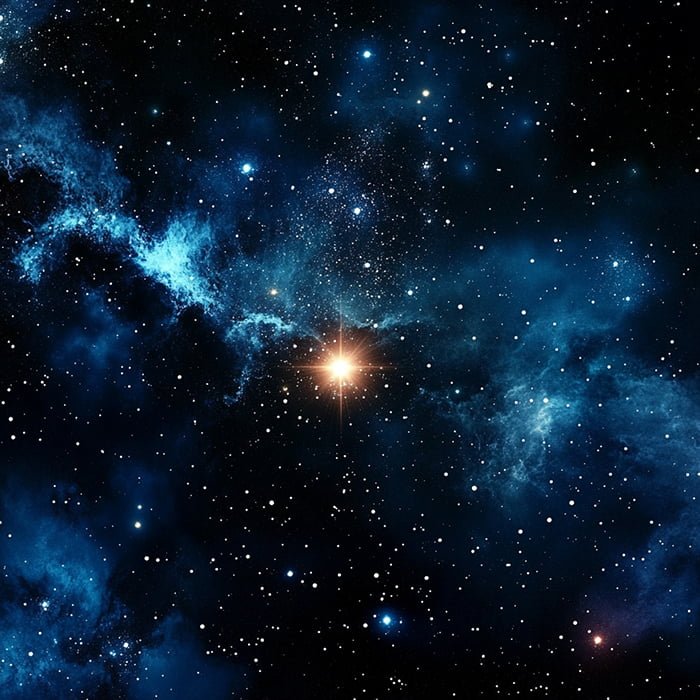
The night sky has long captivated the human imagination, with its twinkling celestial bodies inspiring wonder, curiosity, and a deep desire to understand the nature of the universe. At the heart of this cosmic tapestry are the stars – luminous spheres of gas that have fascinated astronomers and laypeople alike for millennia. In this comprehensive guide, we will delve into the fascinating world of stars, exploring their composition, formation, classification, and lifecycle, shedding light on these enigmatic celestial objects.
The Nature of Stars
Composition and Structure
Stars are primarily composed of hot gases, predominantly hydrogen and helium, with trace amounts of other elements. These gases exist in a plasma state, emitting light and energy throughout the universe. The structure of a star can be broadly divided into three main components: the core, where nuclear fusion takes place; the radiative and convective zones, which transport energy outward; and the photosphere, which is the visible surface of the star.
Characteristics of Stars
Stars can be defined by several key characteristics, including their brightness, color, surface temperature, size, and mass. Brightness, or luminosity, refers to the total amount of light a star emits, while color is indicative of a star’s surface temperature, ranging from red to blue. Surface temperature, measured in Kelvin, is a critical factor that influences a star’s appearance and energy output. The size and mass of stars can vary greatly, often measured relative to our Sun.
Formation of Stars
Molecular Clouds and Stellar Nurseries
The process of star formation begins in vast clouds of gas and dust known as molecular clouds. These dense, cold regions provide the necessary conditions for the gravitational collapse that leads to the birth of new stars.
Protostar Stage and the Main Sequence
As regions within the molecular cloud collapse under their own gravity, they form protostars – young, still-forming stars that continue to accumulate gas and dust. Once nuclear fusion ignites in the core, the protostar transitions into the main sequence, where it spends the majority of its life fusing hydrogen into helium.
Classification of Stars
Spectral Types and the Morgan-Keenan System
Stars are classified based on their spectral characteristics, using the Morgan-Keenan (MK) system. This system divides stars into seven main spectral types – O, B, A, F, G, K, and M – ordered from the hottest to the coolest. Each type is further subdivided by numbers to indicate temperature variations within the class.
Types of Stars
Within the broader classification system, there are several distinct types of stars, including main sequence stars, red giants and supergiants, white dwarfs, neutron stars, and black holes. Each type represents a different stage in a star’s lifecycle, reflecting the complex processes that govern their evolution.
The Lifecycle of Stars
Stages of a Star’s Life
The lifecycle of a star is largely determined by its initial mass. Low-mass stars, such as our Sun, will eventually expand into red giants and shed their outer layers, leaving behind a dense white dwarf. High-mass stars, on the other hand, undergo more complex fusion processes, creating heavier elements until they explode as supernovae, potentially leaving behind neutron stars or black holes.
Lifespan and the Hertzsprung-Russell Diagram
The lifespan of a star can range from a few million years for the most massive stars to trillions of years for low-mass red dwarfs. The Hertzsprung-Russell (H-R) diagram is a powerful tool used by astronomers to understand the relationships between a star’s luminosity, surface temperature, and evolutionary stage.
Stars are truly the building blocks of the universe, each with its own unique story to tell. From their formation in molecular clouds to their eventual demise as exotic remnants, these celestial bodies play a crucial role in shaping the cosmic landscape. By understanding the nature, formation, classification, and lifecycle of stars, we gain deeper insights into the workings of the universe and our place within it. As we continue to explore the wonders of the night sky, the study of stars will undoubtedly remain a central focus of astronomical research and human fascination.

